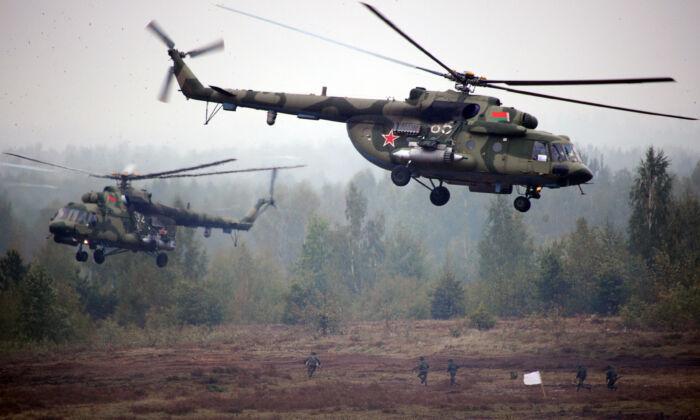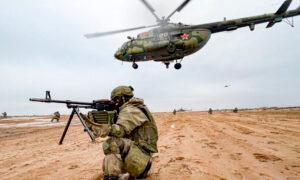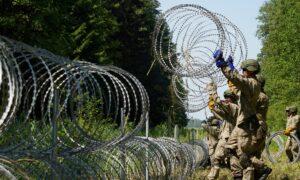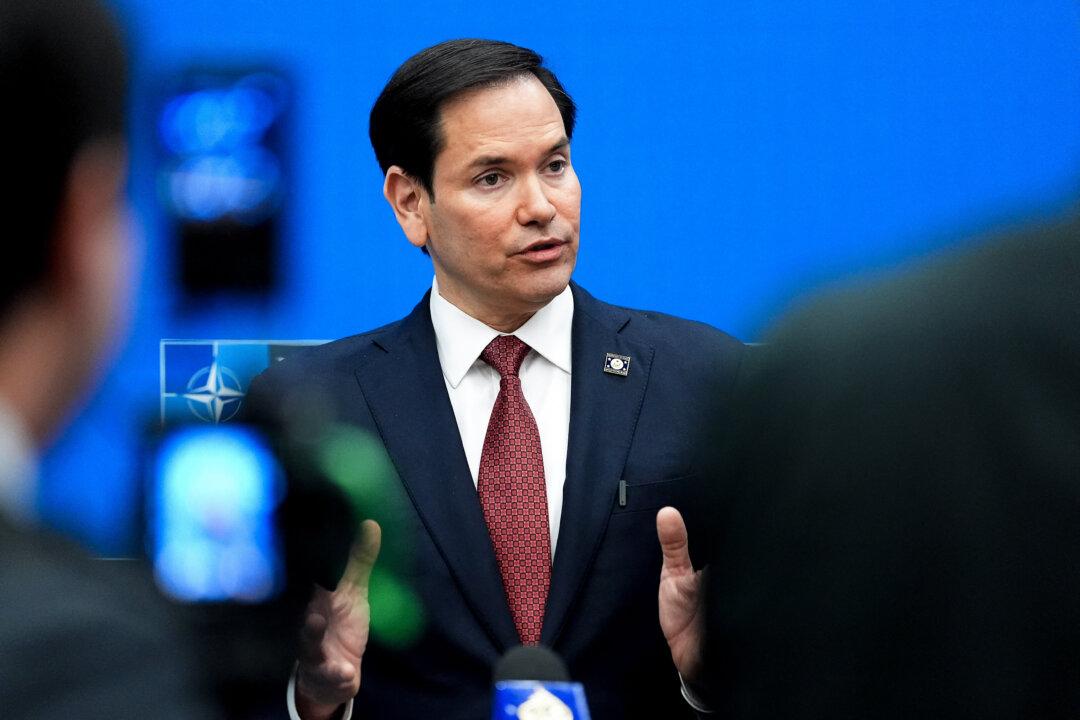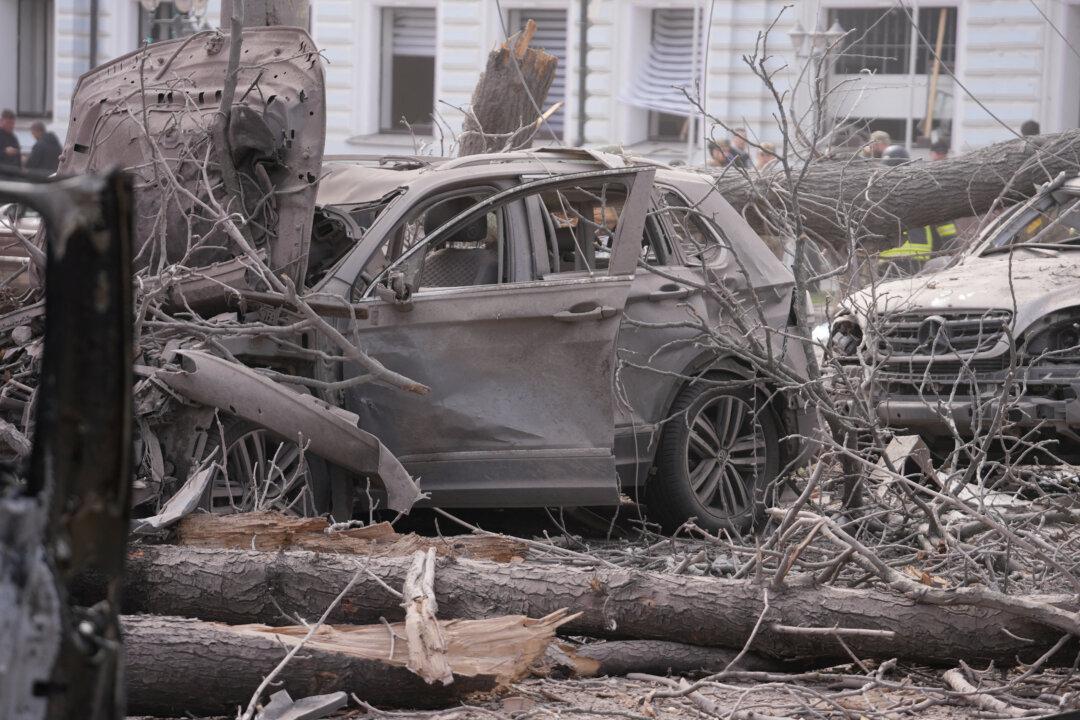Belarus has rejected demands by Poland and the three Baltic States—Lithuania, Latvia, and Estonia—to expel Wagner Group fighters from its territory.
“They [Poland and the Baltic States] went so far as to demand the immediate withdrawal [of Wagner fighters] from Belarus,” Belarusian President Alexander Lukashenko was quoted as saying by Belarusian news agency BelTa on Aug. 31.
“At the same time, they are amassing large military formations at our border.”
Mr. Lukashenko went on to describe the demand as “unreasonable and foolish.”
Recently, hundreds of fighters from Russia’s Wagner Group arrived in Belarus, where they’re training Belarusian army units at facilities near the Polish border.
A private military company with ties to the Kremlin, the Wagner Group played a frontline role—until recently—in the ongoing conflict between Russia and Ukraine.
A key Russian ally, Belarus shares borders with both Russia and Ukraine, in addition to Poland, Lithuania, and Latvia. The three latter countries, along with Estonia, are all members of the NATO alliance.
Polish officials have repeatedly claimed that the Wagner presence in Belarus poses a threat not only to Poland but to NATO’s entire “eastern flank.”
Earlier this week, the interior ministers of Poland and the Baltic States demanded that Belarus immediately expel all Wagner fighters from its territory.
At an Aug. 28 press conference in Warsaw Poland, they further demanded the removal of migrants from border areas and the return of the latter to their home counties.
Belarus’s NATO-aligned neighbors are accusing Minsk of encouraging Middle Eastern and African migrants to cross the Belarusian border illegally with the aim of destabilizing their countries.
“This is part of the hybrid warfare carried out by the Lukashenko regime with the participation of the so-called Wagner Group,” Pawel Jablonski, Poland’s deputy foreign minister, told the Polish PAP news agency on Aug. 29.
Minsk, for its part, denies the claims.
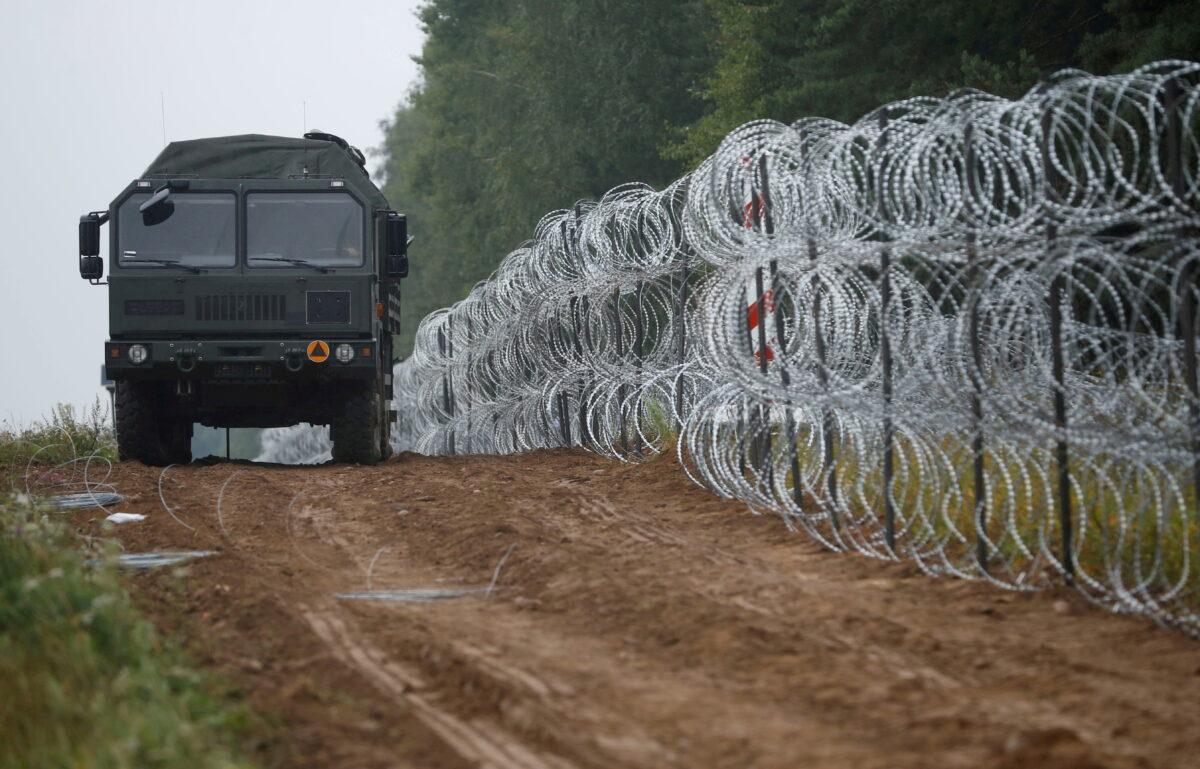
A vehicle next to a fence built by Polish soldiers on the border between Poland and Belarus near the village of Nomiki, Poland, on Aug. 26, 2021. Kacper Pempel/Reuters
Tense Borders
Since last month’s arrival of Wagner fighters to Belarus, border tensions have ramped up significantly.On Aug. 10, Warsaw announced plans to send 10,000 troops to the Poland–Belarus border. Soon afterward, Latvia’s defense minister ordered the military to bolster its presence along Latvia’s border with Belarus.
On Aug. 19, Lithuania unilaterally closed two of its six border crossings with Belarus because of “geopolitical circumstances.”
Two days later, amid steadily mounting tensions, the U.S. State Department urged U.S. citizens in Belarus to depart the country “immediately.”
In a travel advisory, the State Department denounced what it described as Minsk’s “facilitation of Russia’s unprovoked attack on Ukraine, buildup of Russian military forces in Belarus, [and] arbitrary enforcement of local laws.”
Belarus and Russia, which are bound by their own defensive treaty, say the Polish buildup along the border suggests that Warsaw is planning “large-scale aggressive actions.”
Moscow has repeatedly warned that an attack on Belarus “by Poland or any other aggressor” would be considered an attack on Russia itself.
In a recent interview, Mr. Lukashenko said: “If aggression against our country starts from Poland, Lithuania, or Latvia, we will respond instantly with everything we have.”
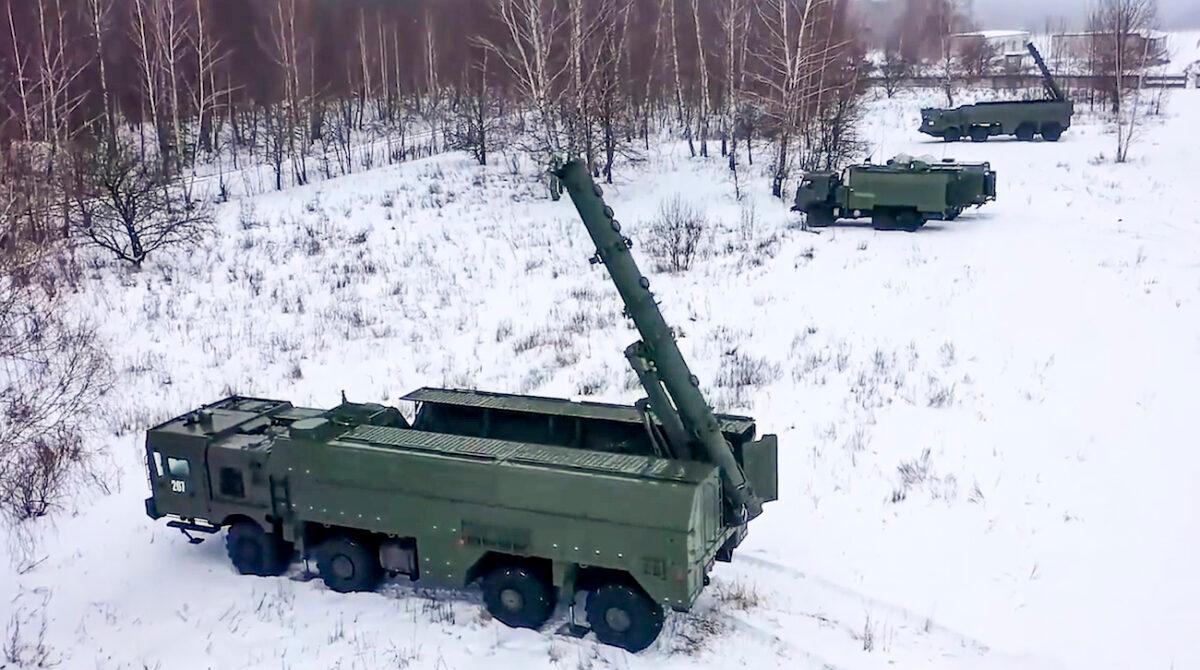
The Russian army's Iskander missile launchers take positions during drills in Russia on Jan. 25, 2022. Russian Defense Ministry Press Service via AP
Iskanders Up and Running
Since 1999, Russia and Belarus have been bound by a “Union State” treaty aimed at cementing bilateral ties, especially in the field of defense.Last fall, Russia sent troops and military equipment to Belarus under the aegis of the Union State treaty.
Earlier this year, Moscow unveiled plans to station nuclear weapons in Belarus.
According to Russian President Vladimir Putin, all nuclear weapons destined for Belarus will be transferred before the end of 2023.
Mr. Lukashenko recently claimed that a number of Russian nuclear weapons—he didn’t say how many—were already in the country.
According to Russia’s TASS news agency, Moscow has also assisted in the refurbishment of Belarusian military aircraft to allow them to “carry and use special munitions.”
In December 2022, Minsk stated that Russian-deployed Iskander and S-400 missile systems were running on Belarusian territory.
On Aug. 30, the Belarusian Defense Ministry announced that another Iskander missile system, which can be fitted to carry nuclear payloads, had been transferred from Russia to the Belarusian armed forces.
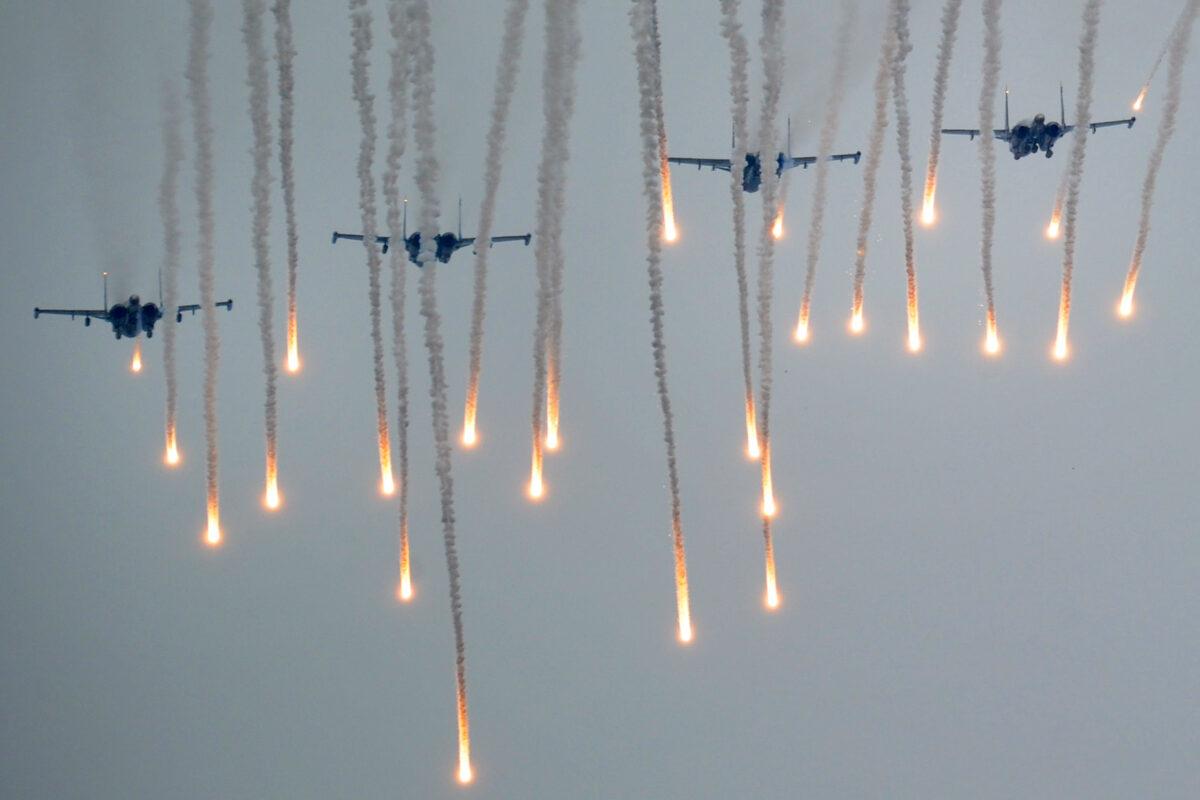
Military jets at the Russian–Belarusian military exercises Zapad-2017 (West-2017) at a training ground near the town of Borisov on Sept. 20, 2017. Sergei Gapon/AFP via Getty Images
Wargames Kick Off
On Sept. 1, military contingents from Collective Security Treaty Organization (CSTO) member states will begin holding week-long joint exercises in Belarus.Established in 1991, the CSTO is a six-nation military alliance led by Moscow. Along with Russia and Belarus, current members include Armenia, Kazakhstan, Kyrgyzstan, and Tajikistan.
Earlier this week, Anatoly Sidorov, joint chief-of-staff of the CSTO, said the drills don’t constitute “a display of aggression.”
Nor were the joint exercises directed “at any third countries,” he asserted.
On Aug. 29, Alexander Volfovich, head of the Belarusian Security Council, said Poland and Lithuania had been invited to send observers to the drills, but neither country had yet to respond.
